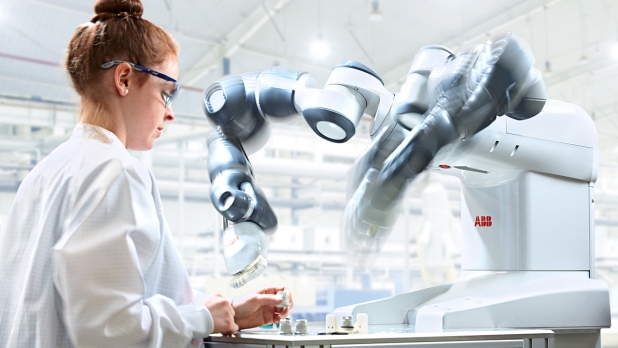Everything you need to know about Robotics jobs

As more company’s start to employ robotics as part of their business, the amount of scepticism towards labour security has started to increase. This uncertainty gets presented by Marshall Brain, who has stated that there is “no way to understand or handle the level of unemployment that we will see in our economy over the next several decades.” However, there is no need for these levels of scepticism, the fact is as more robotics start to get introduced into different industries, the amount of jobs for humans will increase to. Below I am going to explore the various reasons why humans can feel secure in their jobs, and why tech specialists will see the demand for their skills surge.
Firstly, according to John Tamny, robots will be the biggest job creators in history. In order for robots to develop, there has to be a substantial amount of investments to cover the costs. The first people who will benefit from this increase in investment are the IT specialists, specifically the developers of the software. On top of this, as this surge of investment begins there will be all sorts of new companies and technological advances, which will bring in new work that has been previously non-existent.
The link between technological advances and job losses is very often misconstrued. If every time new technology came along it was abolished due to the fear of a human labour decline, we would be without ATM’s, tractors and the internet. However, for all the aforementioned examples, new jobs have been created alongside them. Therefore, to believe robotics will negatively impact human jobs is likely wrong. When the tractor was first introduced into the agricultural industry, farmers feared for their jobs, as the proposition that an automated machine could do their job much quicker and much more efficiently put their role at risk. However there was no reason to fear, whenever something new is developed, there is always someone who has to develop it. The tractor cannot work without a driver, in the same fashion, a robot cannot operate without a software developer.
Furthermore, organisations employing robotics may assist human labour in becoming more efficient. The first example of this happening can be seen at Xchanging, which is a business process and technology service provider. Using both robotics and humans, Xchanging were able to cover 500 insurance notices in thirty minutes. Furthermore, o2 now use bots and humans as part of their backroom operations, and are now able to process 500,000 transactions per month.
One industry that is increasingly using robots is the automotive industry. In the US, they have installed more than 60,000 industrial robots in the last five years. Within the same time period, the amount of employees in this industry has increased by around 230,000. Similarly, in Germany, from 2010 to 2015, the amount of robots installed increased by 14,000, and in the same period, the amount of employees increased from 720,000 to 813,000. What these figures represent is that as robotics become increasingly more valuable for organisations, the demand for human labour increases with it.
David Whitaker, managing economist at CEBR supports the premise that human jobs will not be rendered obsolete. He believes the only jobs being automated in all industries are the mundane ones, further stating “human effort becomes more valuable as it is focused on higher-level tasks, creativity, know-how, and thinking.”
Click here for Robotics Jobs
